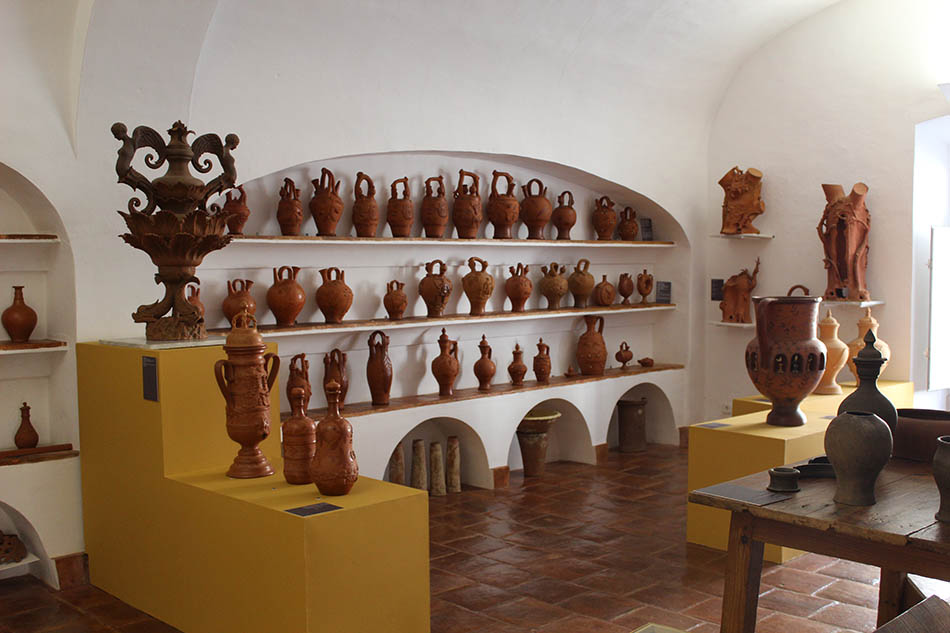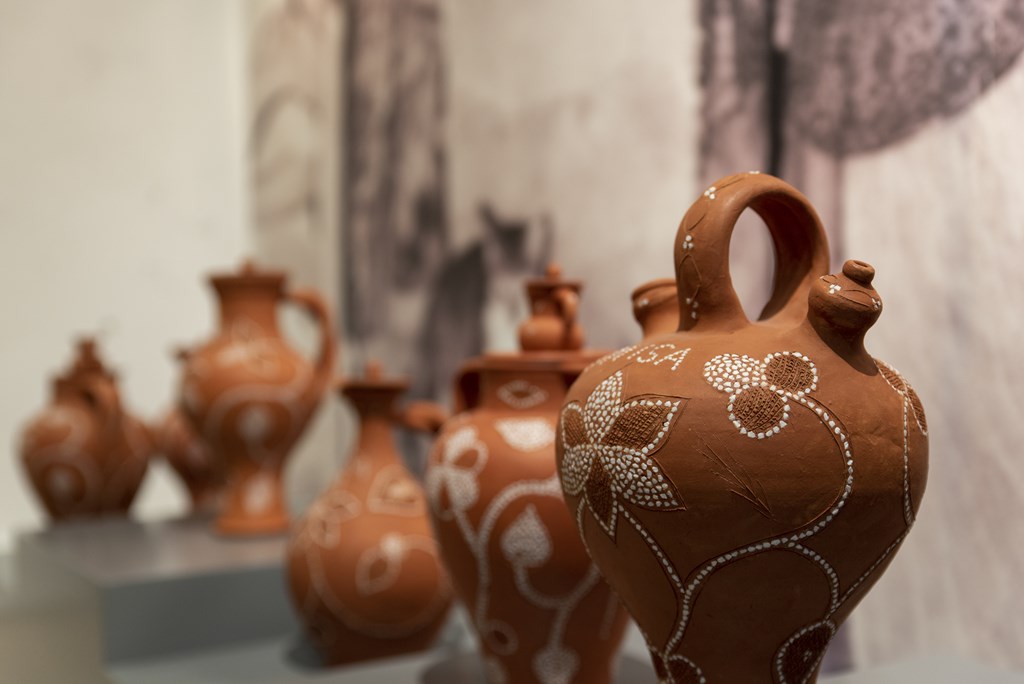Pilot: Evora
Evora, Alentejo
•
Oct 03, 2023
Alentejo Handicraft, Alentejo crafts list
Alentejo handicraft is the perfect souvenir to take home when you visit Evora.

| The trades of Alentejo handicraft Although there are crafts in Alentejo which are common in the whole region, the different trades are specific of certain villages or areas. Pottery and Painting There are many places where pottery as handicraft is significantly present throughout Alentejo. But we find a few distinctive large pottery centres. Flor da Rosa – There is a pottery school which teaches how to do, among others, utility pieces that really place us in the village of Crato (casserole, canteen, lidded pan, terracotta casserole, oval roaster, basin/bowl, cauldron, camping/portable stove, one-wing pot, two-wing pot, water pitcher, barrel,…) Nisa – The pottery house Olaria Pedrada de Nisa is unique in Alentejo due to this red clay handicraft decorated with a design of inlay small quartz rocks from Serra de S. Miguel. Estremoz – The strong point of the historical city of Estremoz is what we call Barrística in Portugal (clay production), the highlights being the niche saints and the nativity plays with religious and profane figures. There are also other traditional pieces such as whistles, “nightingales”, hooks for knitting, “Napoleões” (napoleons, soldiers with uniforms from the times of the French invasions), “primaveras” (“Springs”, clay women dressed as dancers), “pretos” (black people, wearing red skirts) and a figure of a blindfolded women symbolising “Love is blind”. As for what more utilitarian and decorative pottery is concerned, there are many villages where potters dedicate themselves to moulding clay. But the main ones are in Viana do Alentejo, Redondo and Sao Pedro do Corval. This last one, close to the beautiful medieval village of Monsaraz, is the largest pottery centre in the Iberian Peninsula (Portugal + Spain). Potteries in Alentejo are usually open to the public. Visit one, or a few, to get to know how a clay piece is created and follow the whole process from the moulding through the cooking to the final decoration. Leather objects From the times when the work on the fields was done with animal help and when there were no synthetic products. Among some of the objects which are now considered leather crafts in Alentejo we have harnesses, saddles, bags, boots and shoes, day-to-day and hunting clothes, padded slippers. The most important leather processing factories of these pieces of Alentejo handicraft are located in Terrugem and Nossa Senhora de Machede. A visit to one of them lets us know how leather objects are produced by hand, although machines help a bit nowadays. If you prefer to know smaller artisans, visit Alter do Chão and Alcácer do Sal (saddle making) or Cuba and Almodôvar (shoes). |

